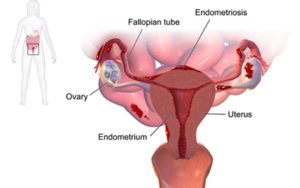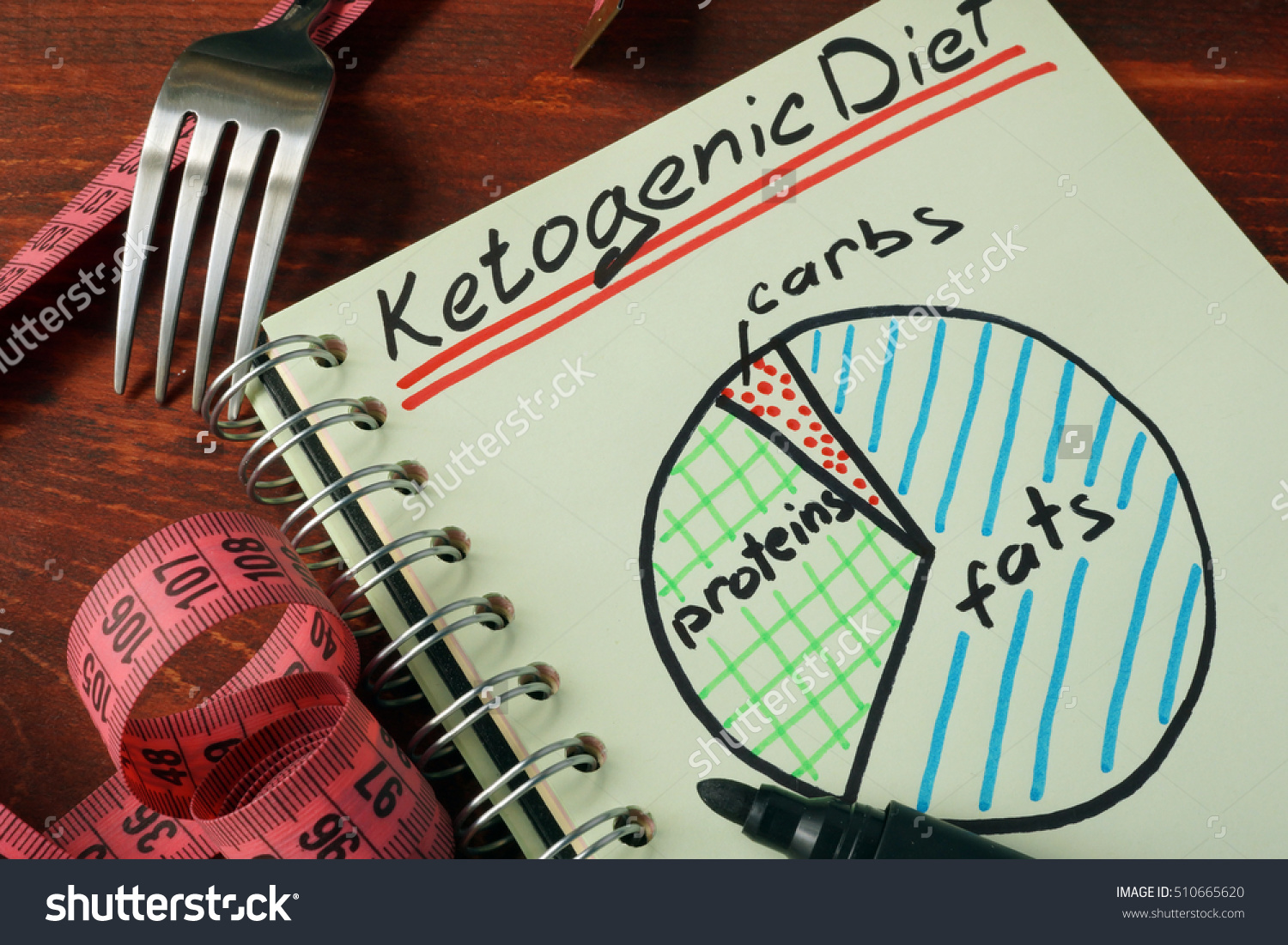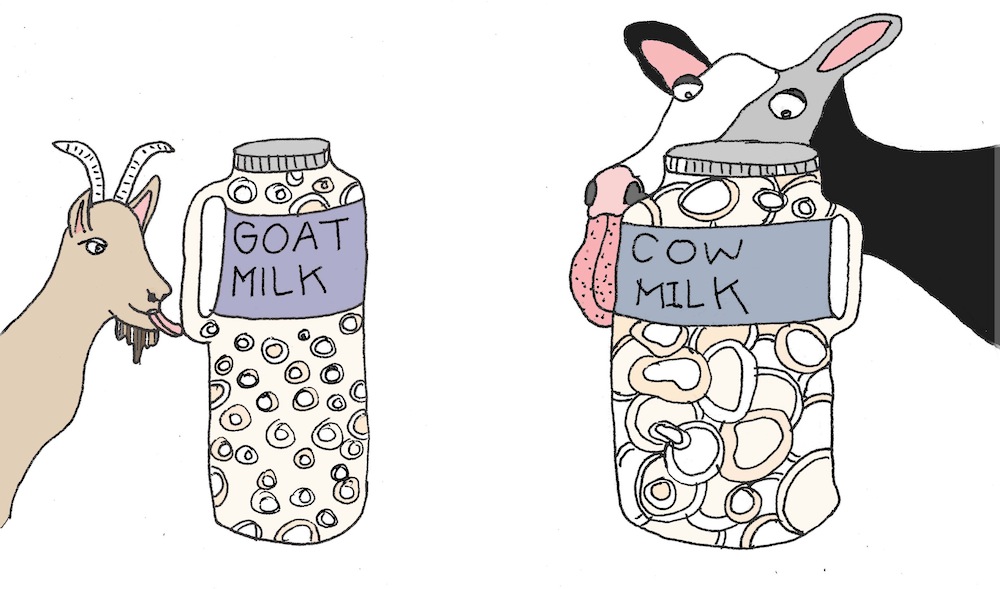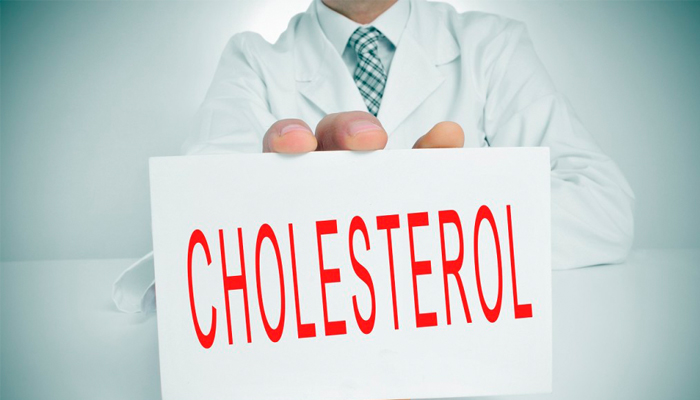The uterus has three layers, endometrium (the inner lining), the myometrium (the middle layer that is made up of muscle), and finally the perimetrium (the outer layer). The endometrium is the tissue that is supposed to grow inside the uterus and not outside of it.

Endometriosis, in a nutshell, occurs when the inner layer (the endometrium) grows outside of the uterus. Endometriosis affects an estimated 1 in 10 women during their reproductive years, which are approximately 176 million women in the world.
Endometriosis most Commonly involves:
- Ovaries
- Fallopian tubes
- Peritoneum
- Lymph nodes
It includes Four Stages:
Subtle:
This looks like a small sac or cyst, ranging from 1 to 3mm in size. These are not serious but can look like ovarian cancer.
Typical:
These appear as black spots over a white fibrous area and vary from 1 to 2cm in diameter. They are found around your pelvis or your diaphragm.
Cystic Ovarian:
This stage involves cysts bigger than 4 to 5cm, growing as large as 15cm, and covering the ovary. They form adhesions with the wall of your pelvis or other organs in the pelvis.
Deep:
Solid tumors varying up to 5 or 6cm in diameter. They are mostly found in the space between the back wall of your uterus and the rectum.
Symptoms:
- Severe menstrual cramps
- Long-term lower back and pelvic pain
- Blood in urine and stool
- Nausea
- Fatigue
- Pain during intercourse
- Heavy menstrual bleeding
- Periods lasting longer than 7 days
Causes:
-
Retrograde Menstruation:
During periods, part of the menstrual blood flows into the abdominal cavity via the fallopian tubes, this is called retrograde menstruation. This phenomenon plays an important role in the development of endometriosis.
-
Embryonic Cell Growth:
The embryonic cells present in the abdomen and pelvis develop into endometrial tissue within those cavities.
-
Surgical Scar Implantation:
While performing a surgery, the endometrial cells tend to move due to procedures such as hysterectomy or c-section.
-
Immune System Disorder:
If there are disorders persisting to the immune system, it can lead to the destruction of extrauterine endometrial tissue.
-
Endometrial Cells Transport:
In this process, the lymphatic system transports the endometrial cells to various parts of the body.
-
Genetics:
It also can be inherited from a close family member.
Endometriosis Diet:
The key to management of endometriosis is healthy eating habits. So here are the guidelines for your specialized endometriosis diet!
- Carbs
- White meat
- Vegetables
- Walnut oil—at least two tablespoons a day. It contains a fatty acid called GLA, which neutralizes the effects of the arachidonic acid, in turn making you less prone to inflammation



